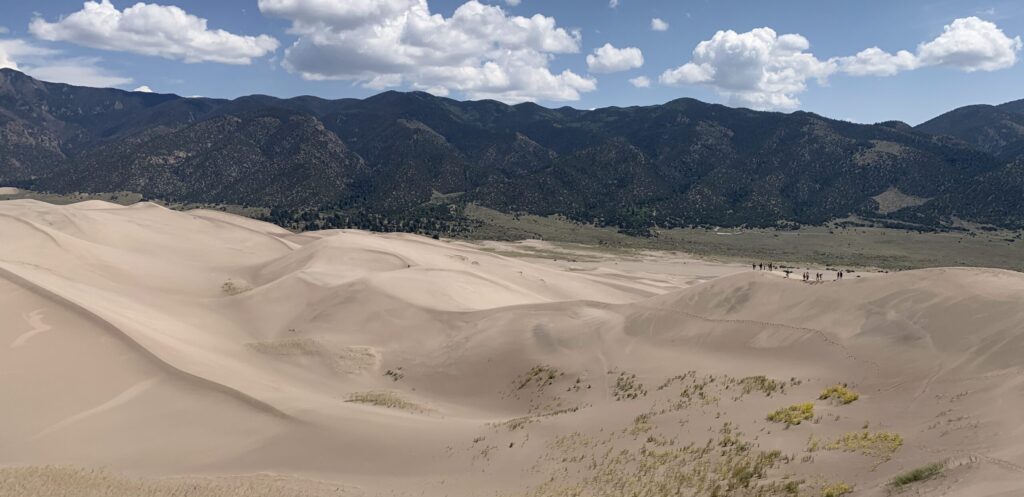
Located right next to the Sangre De Cristo Mountains in Southern Colorado the Great Sand Dunes account for North America’s Tallest Dunes!
”Eroded from Mountains, then shattered by freezing and thawing, and tumbled by streams and winds, sand grains cycle through the dunes system.”
The Great Sand Dunes have seven life zones! A life zone is determined by elevation, latitude, climate, and exposure to sunlight. The seven zones are Alpine Tundra, Subalpine, Montane Forest, Dunefield, and Sheet and Grassland, Salt-Encrusted Plain and Stream Sides & Wetlands. The variety of life zones here creates a home for many different wildlife and plants including Black Bears, Rocky Mountain Bighorn Sheep, Bobcats, Ord’s Kangaroo Rat, Elk, American Beavers and plant life such as Rocky Mountain Juniper, Prairie Sunflower, Rocky Mountain Iris, Colorado Blue Spruce and of course tons more!
These life zones make the Great Sand Dunes such an incredible site because they are constantly changing from season to season but “always changing, always the same.”
What to do?
Hiking The Dunes: Hiking the Dunes: The most popular activity here is exploring the Dunes on foot, allowing you to hike as far as you wish. With no designated trails, you’re free to wander and discover the landscape at your own pace.
For those up for a challenge, hiking to High Dune and Star Dune is a must. High Dune stands at 699 feet, while Star Dune reaches 755 feet. We made the trek to High Dune in about 3 hours, taking plenty of snack and nature breaks along the way. The view from the top is breathtaking, offering sweeping panoramas of both the mountains and the Dunes. Just remember, the sand can get extremely hot, so make sure to wear suitable footwear and bring plenty of water!
Sledding/Surfing the Dunes: Equally as popular as hiking the dunes include sledding or “surfing” down the dunes. There is a shop located near the entrance to the park that offers sleds and sandboards for rent to complete your stay at the Dunes! Make sure you arrive early to beat the crowds and secure your board!
Medano Creek: Depending on when you visit, Medano Creek may be flowing! Its peak flow is typically in late May, and by June, warmer weather brings out the mosquitoes. If you’re planning to visit in May, be sure to book early! I’m lucky enough to live just 3 hours from this incredible park, so I’ve had the chance to visit several times. On my trip in May 2022, the creek was still barely flowing, and we had to be strategic about where we crossed to keep our boots dry. That same trip, the Dunes were covered in snow, and we even ended up making a snowman at our campsite! Fortunately, the sun came out, the snow melted, and we managed to stay dry and capture some beautiful photos! During that same trip, I somehow managed to lock my car keys inside the car—while it was running! This happened when we stopped at the visitor center to snap a few photos of the snowy Dunes. After a bit of a panic, we got in touch with a Park Ranger who kindly helped us get into the car so we could finally head to our campsite. Cue the embarassment and a moment my mom and brother won’t let me forget.
Hiking Trails: The Great Sand Dunes also offer other hiking trails besides the Dunes themselves, which can be challenging. The Montville Nature Trail and Mosca Pass Trail provide quieter alternatives with fewer visitors, giving you a chance to explore the park in a more peaceful setting.
Zapata Falls: Right outside the Park you will find signs to visit Zapata Falls! Very cool waterfall to visit if you are spending more time in the area! (high clearance vehicle recommended)
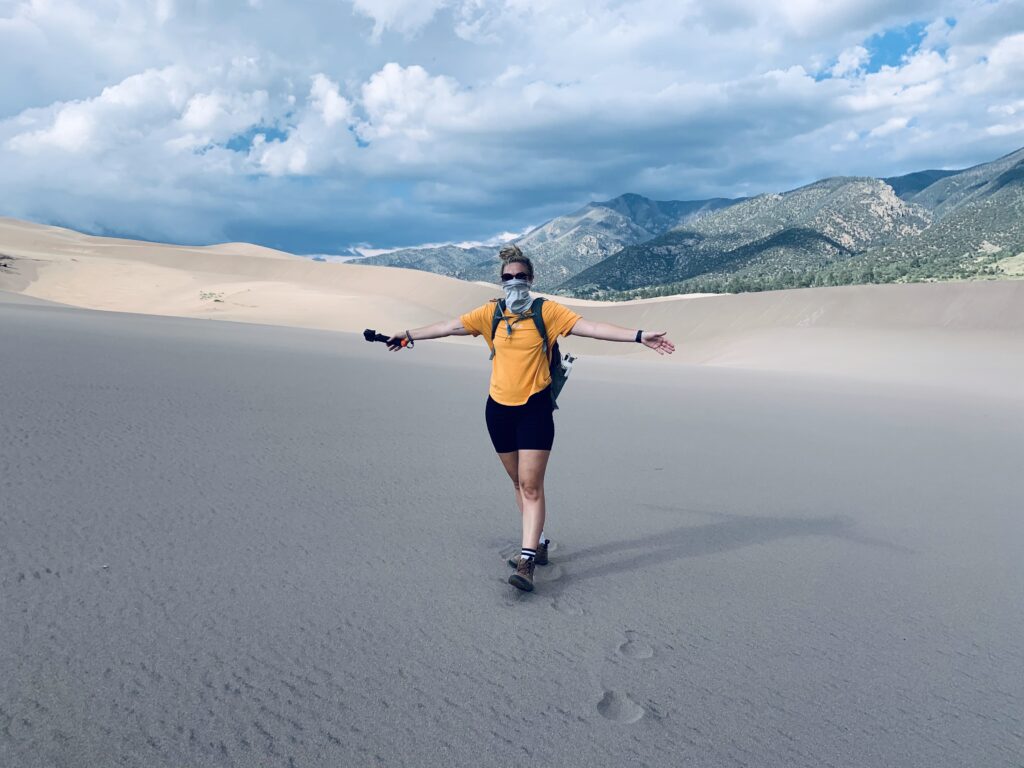
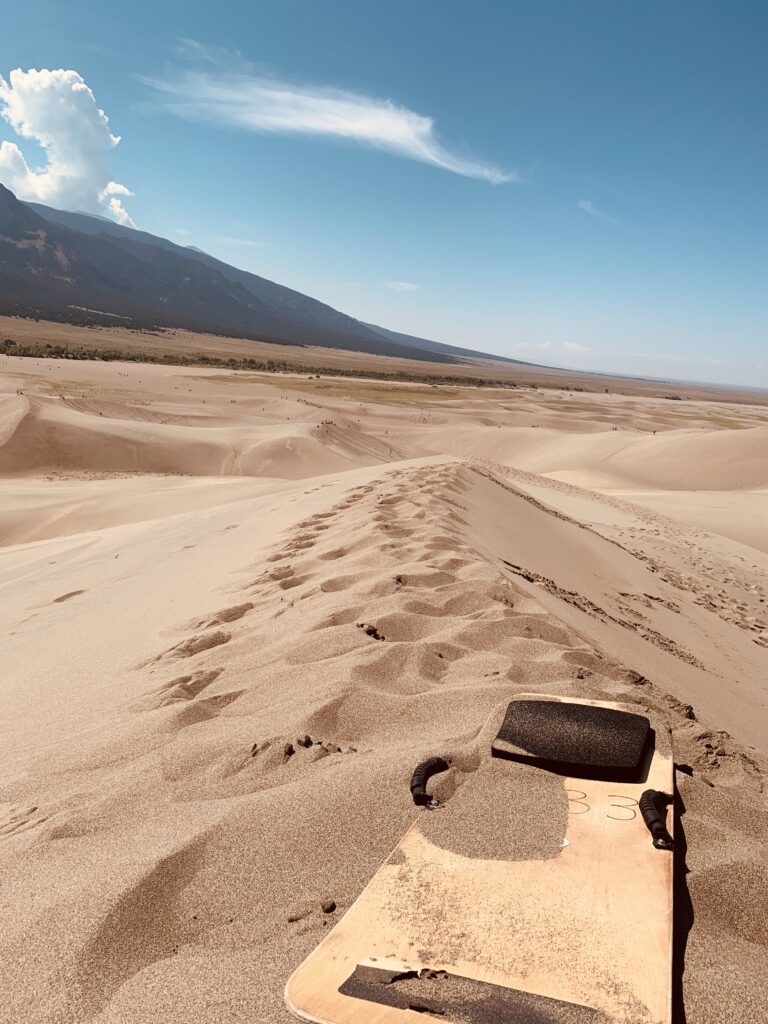
Where to Stay?
The best place to stay if you are visiting the Sand Dunes is the Pinon Flats Campground. Located inside the park with stunning views of both the Sangre De Cristo Mountains and the Dunes. There is a path from the campsite that leads you directly to the Dunes so you can avoid the Day Visitors at the Dunes Parking Lot. This campsite has no access to showers, and offers both shaded and non-shaded sites. These sites are often booked 6 months in advance so plan early if you plan to stay here – availability on recreation.gov. See photos of my campsites below*
Other Options include the KOA Alamosa (35 minute drive approx to the park), Great Sand Dunes Lodge, Oasis Camping Cabins, Rustic Rock Resort, Sand Dunes Swimming Pool and Campground, and multiple hotel options in Alamosa.
Tips & Tricks
- Start you hike early to avoid hot sand temperatures.
- If you are hiking AND boarding bring clips or something so you can attach your board to your backpack so you don’t have to carry it while climbing. Bungee Cords work GREAT!
- Hike along the ridges – it’s way easier!
- Wear Bandana or Buff when sledding to avoid sand in your mouth (trust me on this one) The Dunes can also get quite windy so wearing sunglasses or some type of eye protectant is recommended. (I got sand embedded in my eye and had a fun trip to the Urgent Care to get it removed)
- Wax your board before every ride so you go fast – or don’t wax it if you want to go slower (which is definitely me)
- Use your hands and hips to steer the board NOT your feet.
- Book your campsite way in advance to secure availability especially if going in May/June and be aware Loop 1 is closer to the Dunes and has less shaded areas than Loop 2 if you are staying at the Pinon Flats Campsite inside the park.
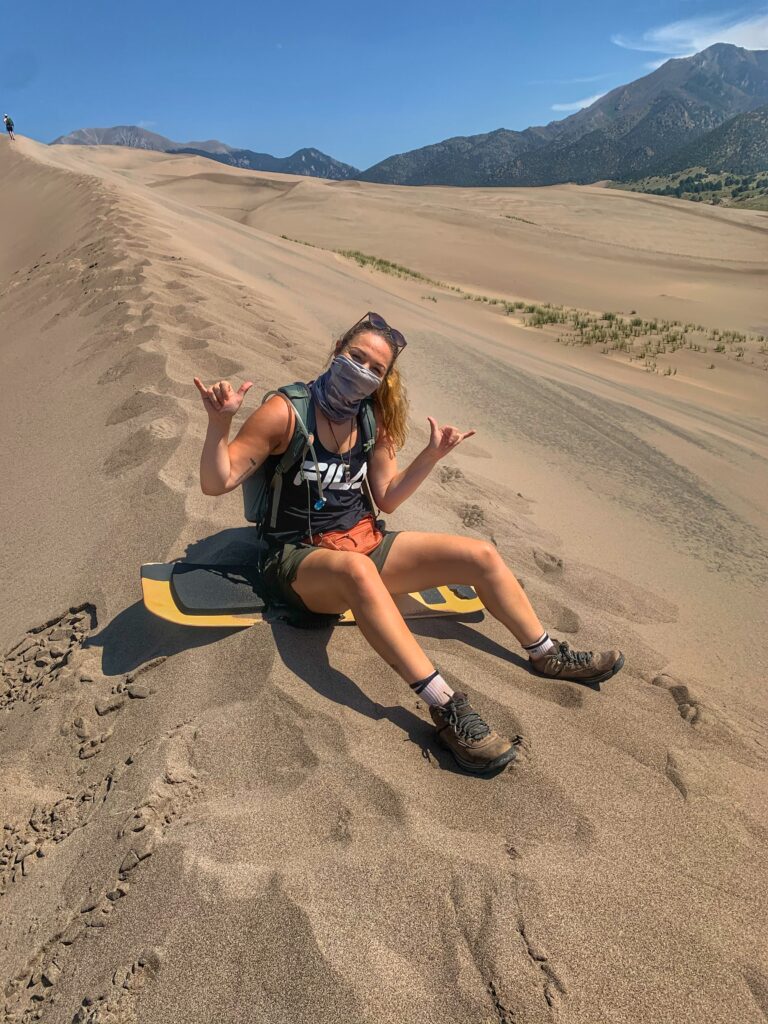
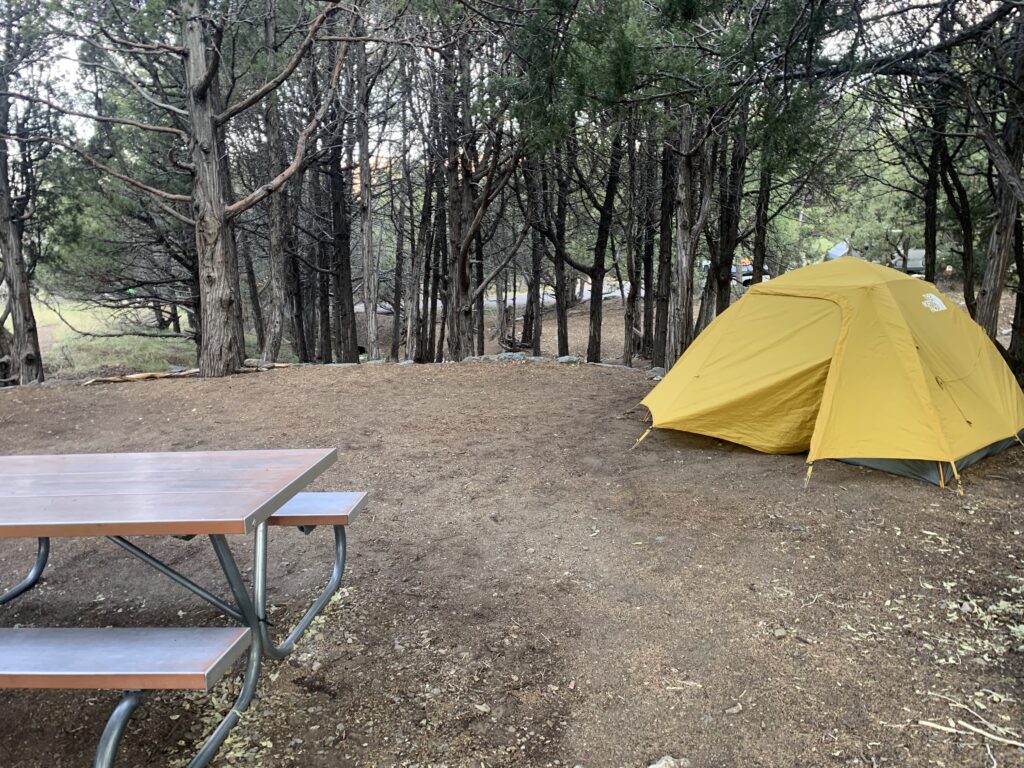
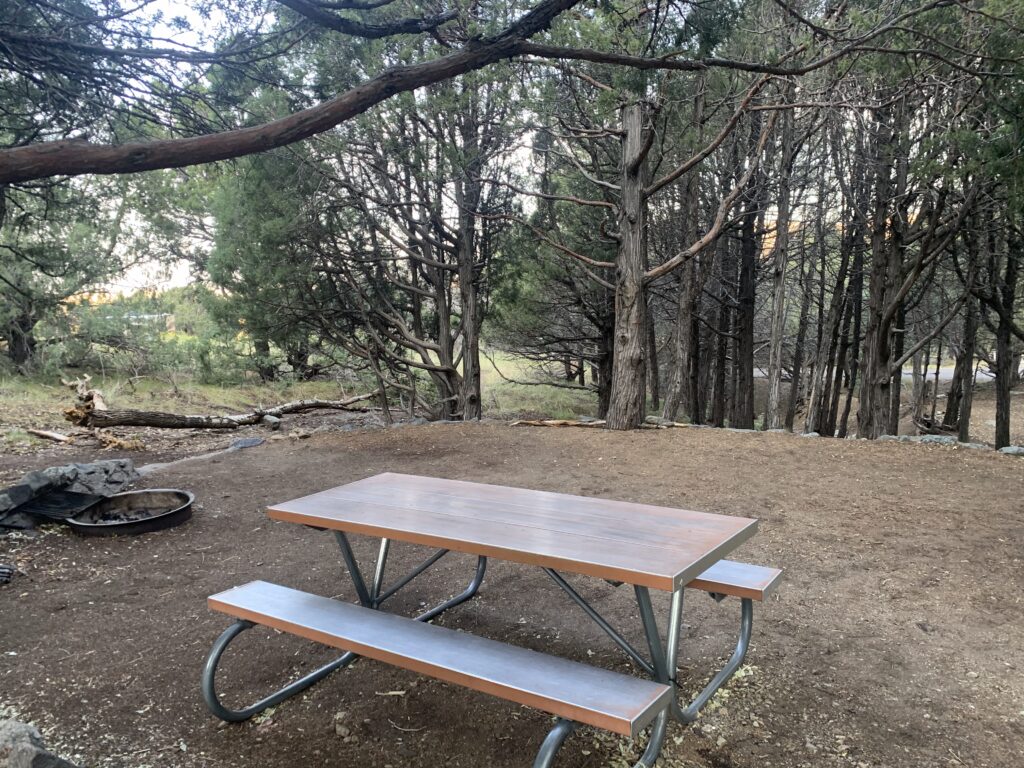
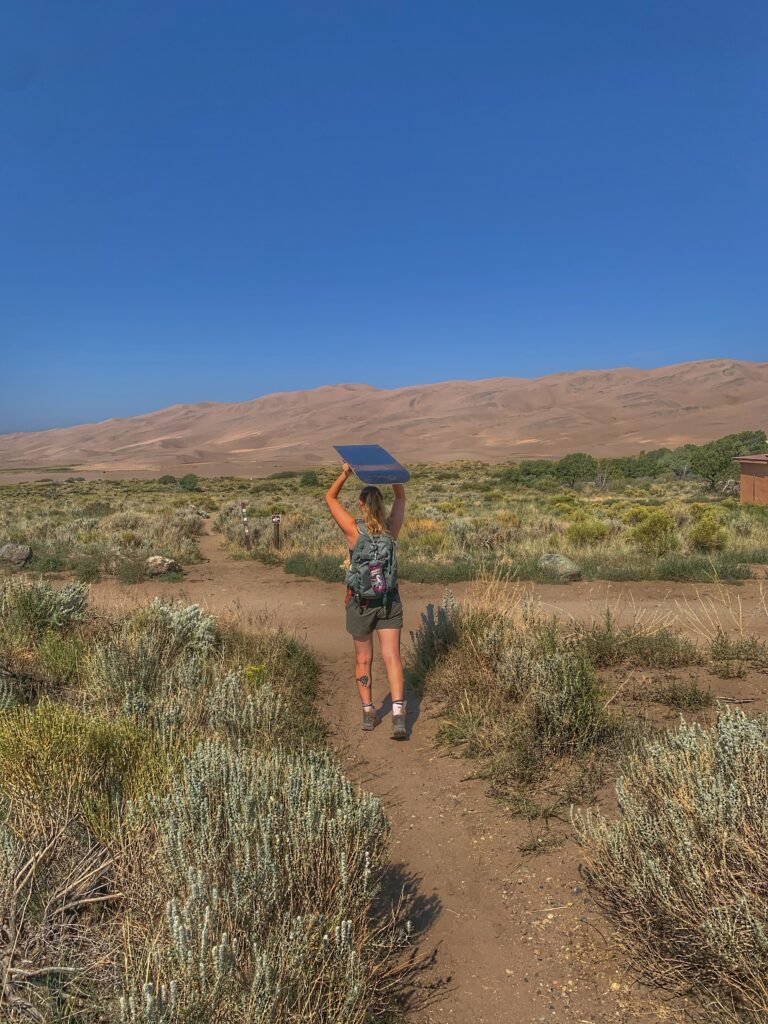

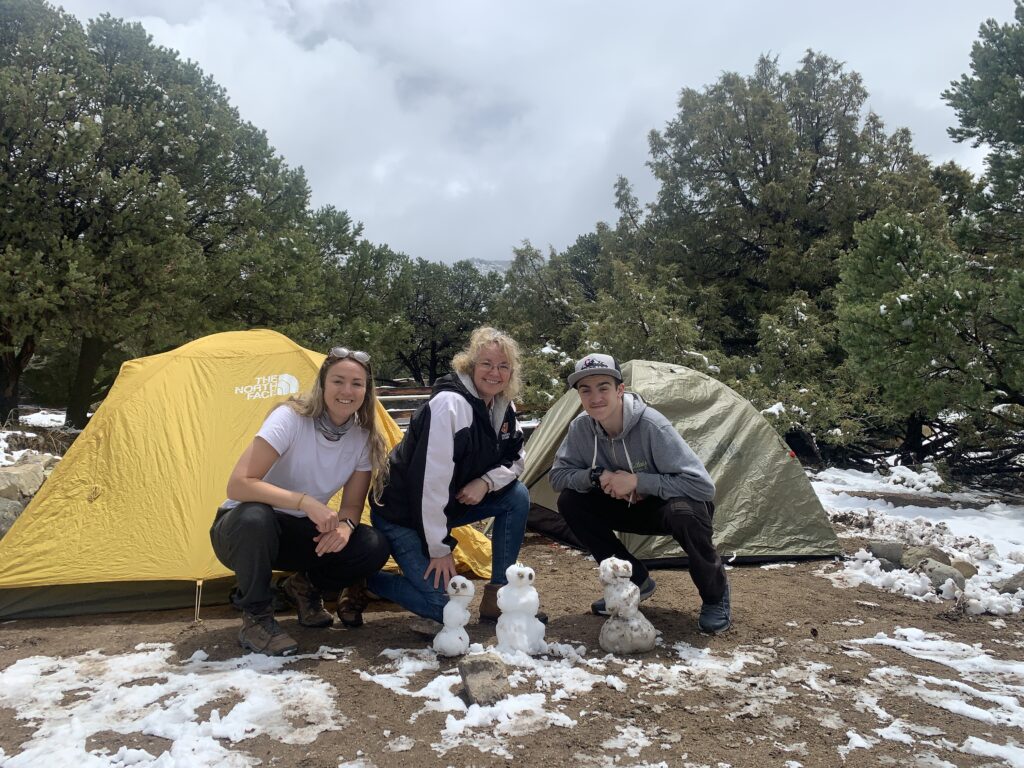
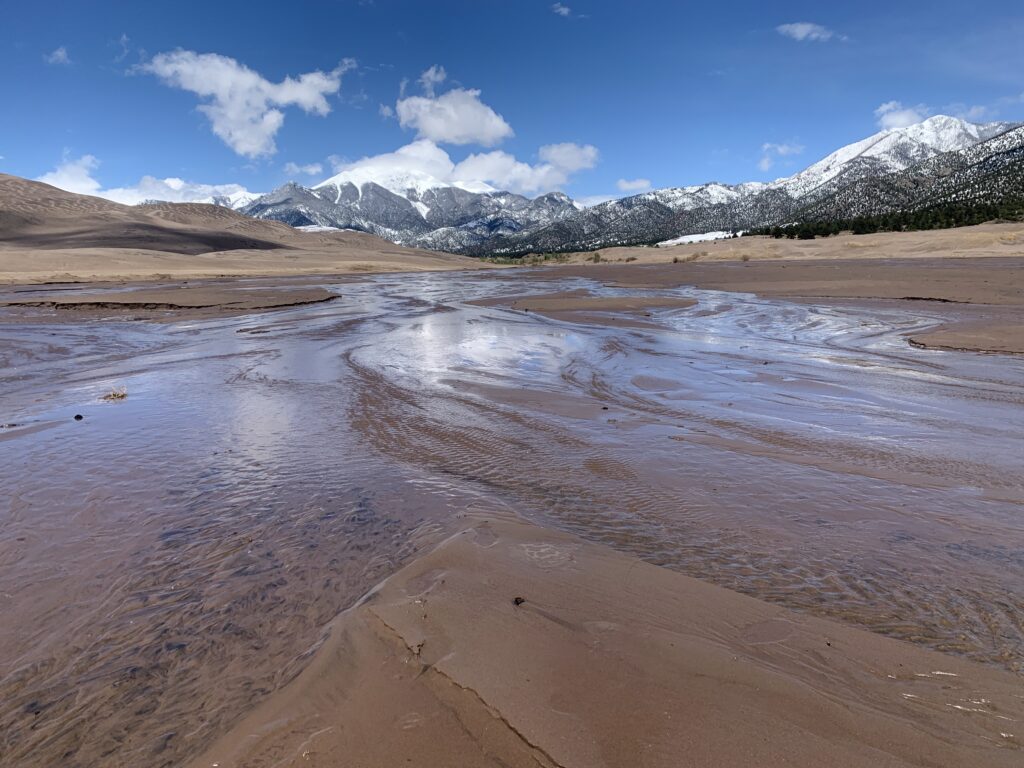
For more information on The Great Sand Dunes National Park Message me below! Follow me on Instagram @ HighDesertHorizons
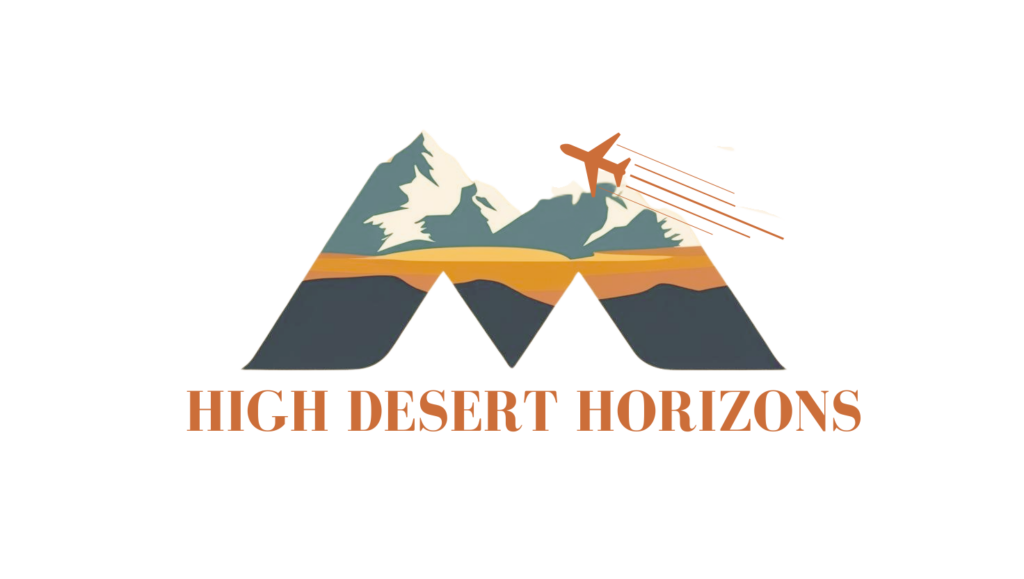
Leave a Reply